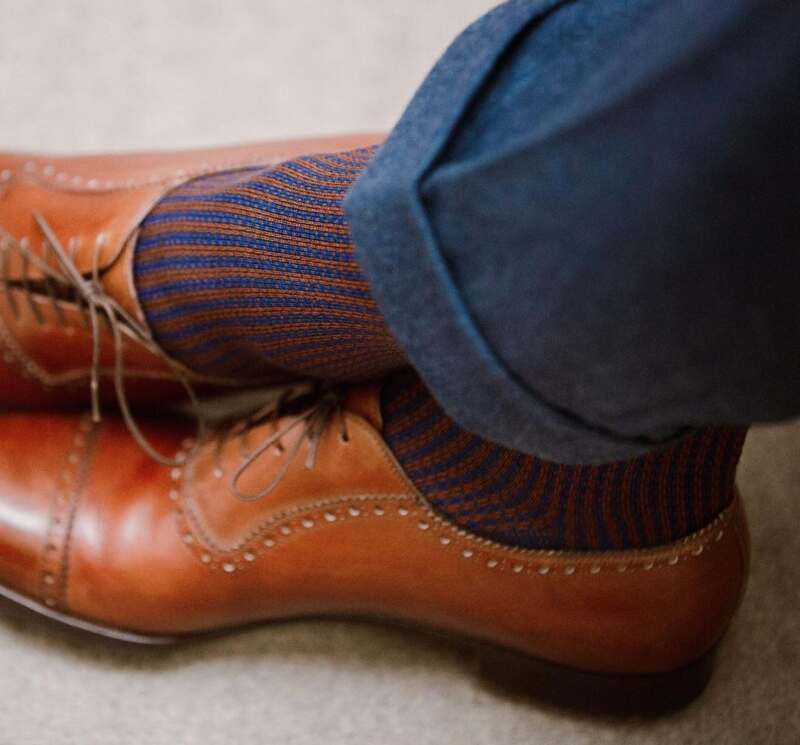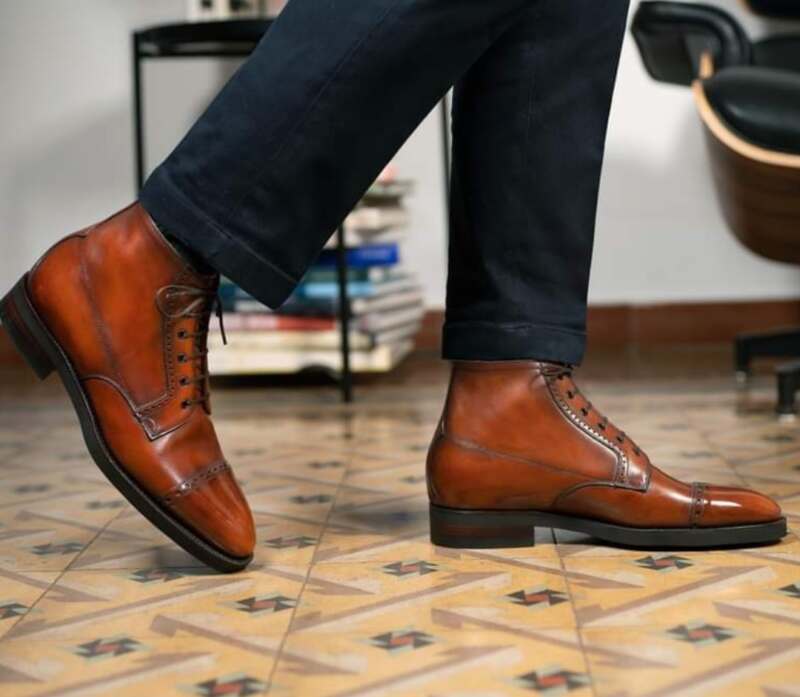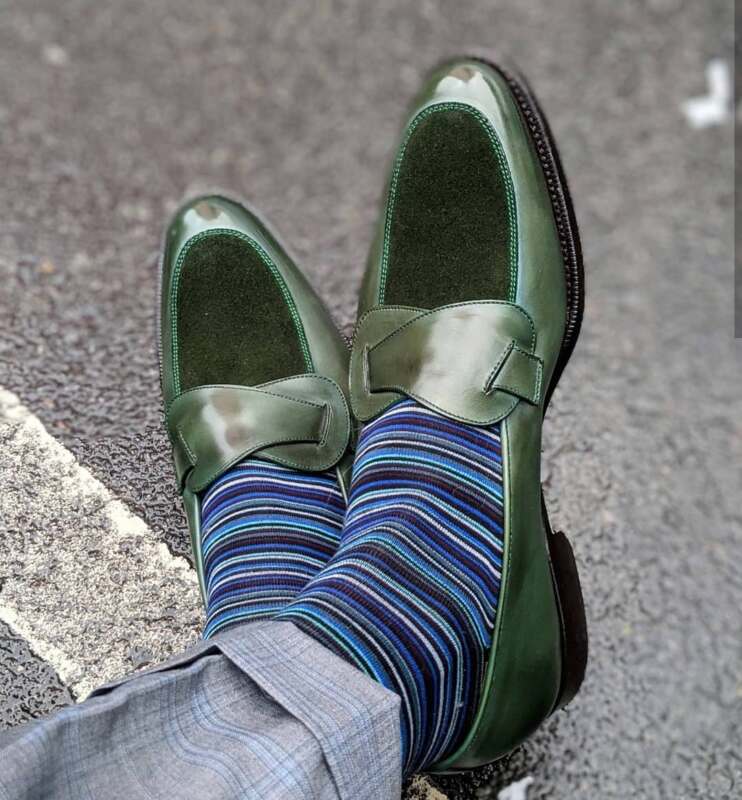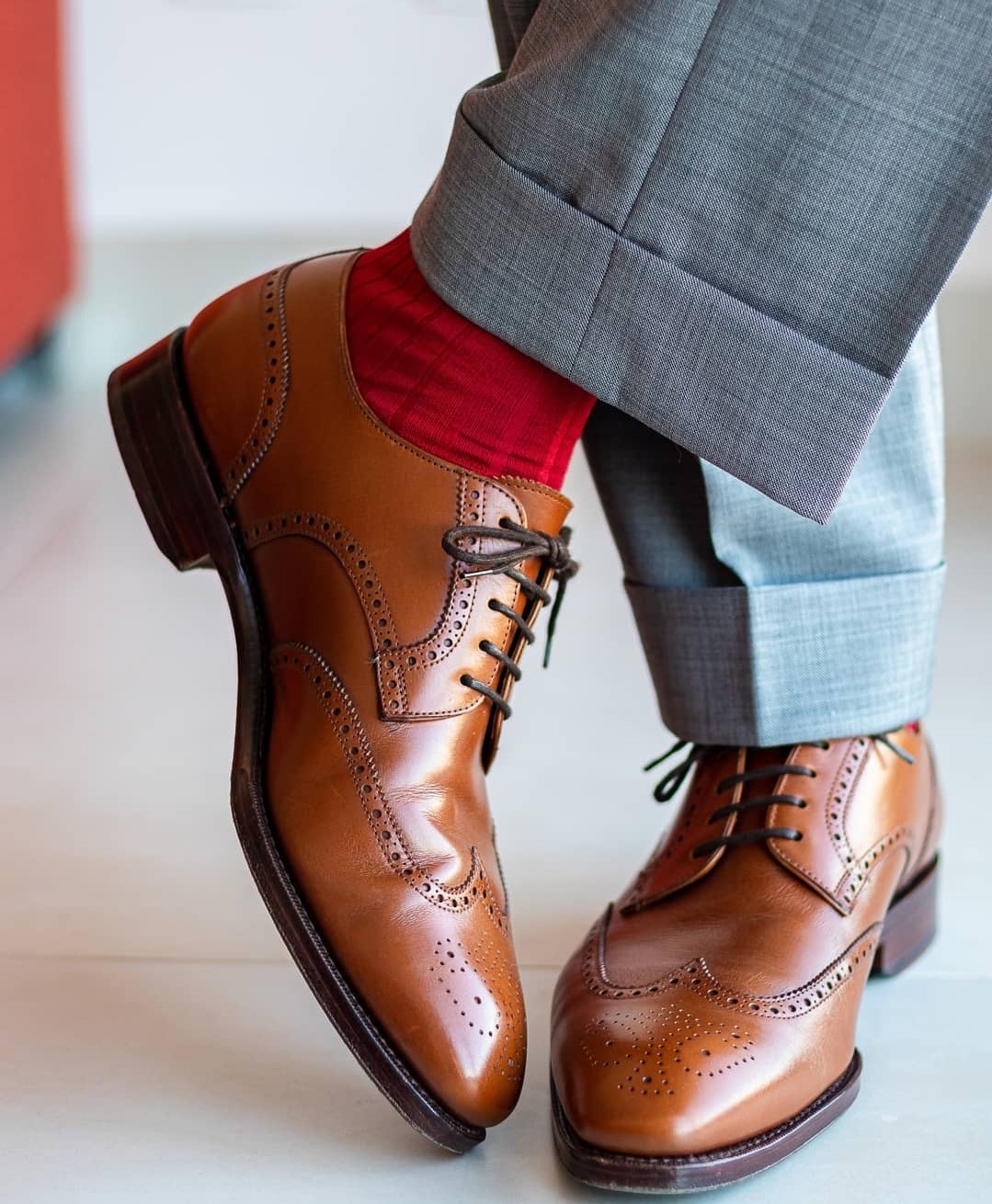
Figuring out what makes a good shoe isn’t always straightforward. It’s a highly personal question with subjective answers. But from years of experience in the shoe industry—on both the sales floor and behind the scenes—I’ve come to believe there’s one quality above all that defines a truly good shoe: fit. And not just whether the shoe fits you personally, but whether the last (the mold the pair is built on) has real shape, contour, and intention.
The average shopper—especially those unfamiliar with the finer points of shoemaking—often gets misled by surface-level details. Department stores are filled with dress footwear that might look decent but is poorly constructed or completely flat in shape. Fake stitching, glued soles, and smooth-talking salespeople (trust me, I was one of them once) make it tough to judge quality at a glance.
So, what really sets a good shoe apart?
It’s all about the last—the sculpted form that gives the shoe its structure. A generic last is designed to fit as many people as possible, sacrificing fit and comfort in the name of mass production. A quality last, on the other hand, follows the natural curves of the foot. When you step into well-made footwear, it feels like it belongs. It hugs your foot in the right places. You feel supported, even if the shoe is made from stiff leather.
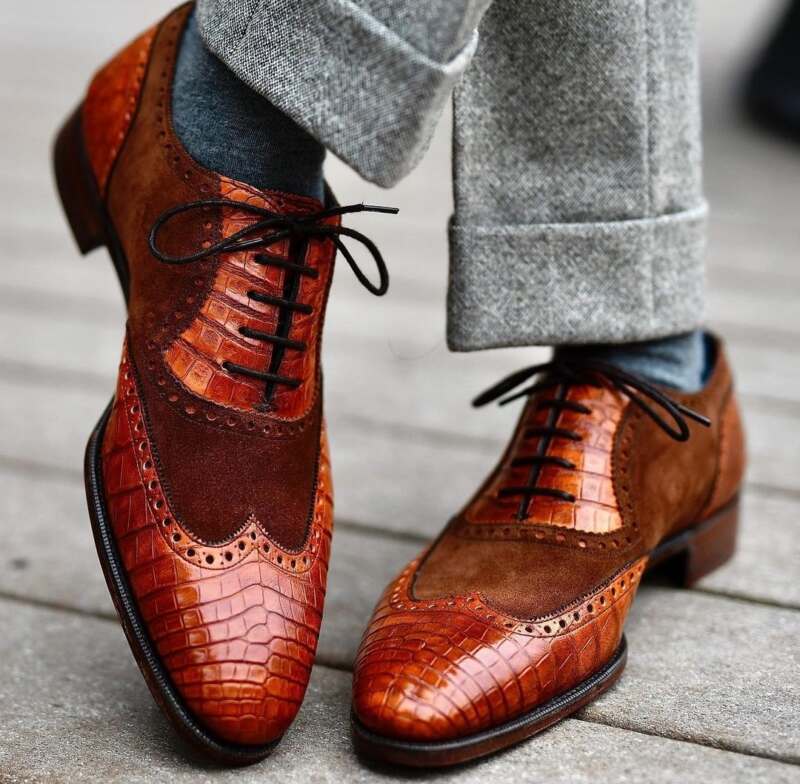

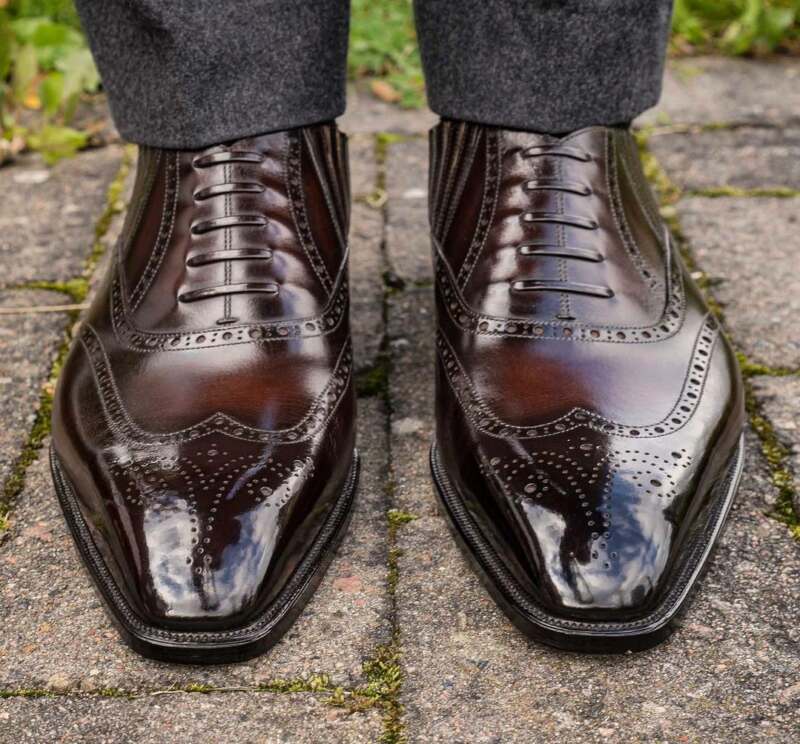

Let me share an analogy. Years ago, while working at Gieves & Hawkes in London, I started getting into tailoring. I had some solid off-the-rack suits that looked sharp after tailoring, and later upgraded to made-to-measure. But nothing prepared me for the experience of wearing bespoke. A suit made for me—not just altered—fit like a second skin. That was when I truly understood what craftsmanship and proper fit felt like. Proper footwear can offer the same kind of transformation.
As you move up in price tiers for footwear, one thing you consistently feel (not just see) is a better fit. A high-end shoe uses a more refined last that embraces your foot’s unique shape. This is one reason why handgrade shoes feel significantly better than entry-level or benchgrade lines—they’re built with anatomical accuracy in mind.
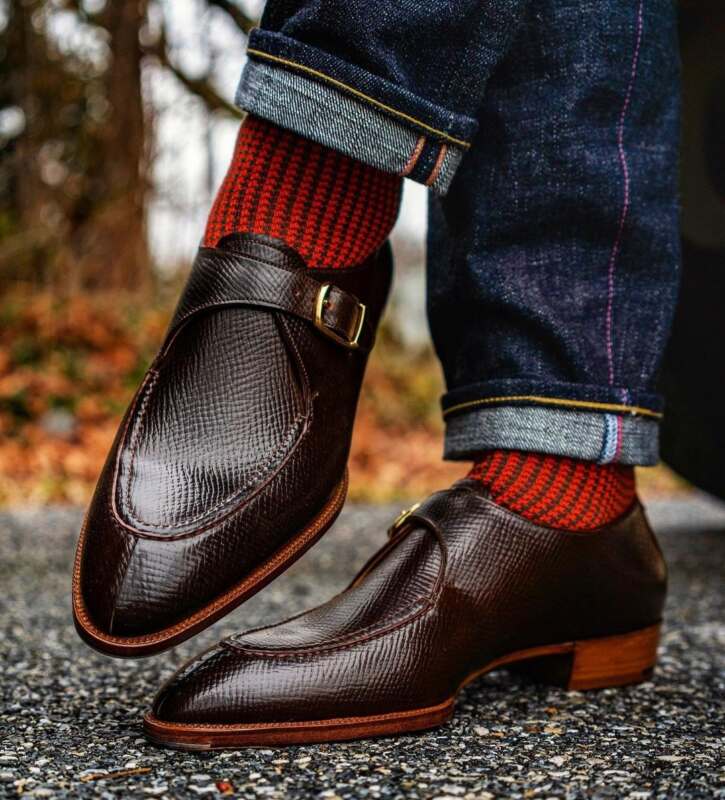

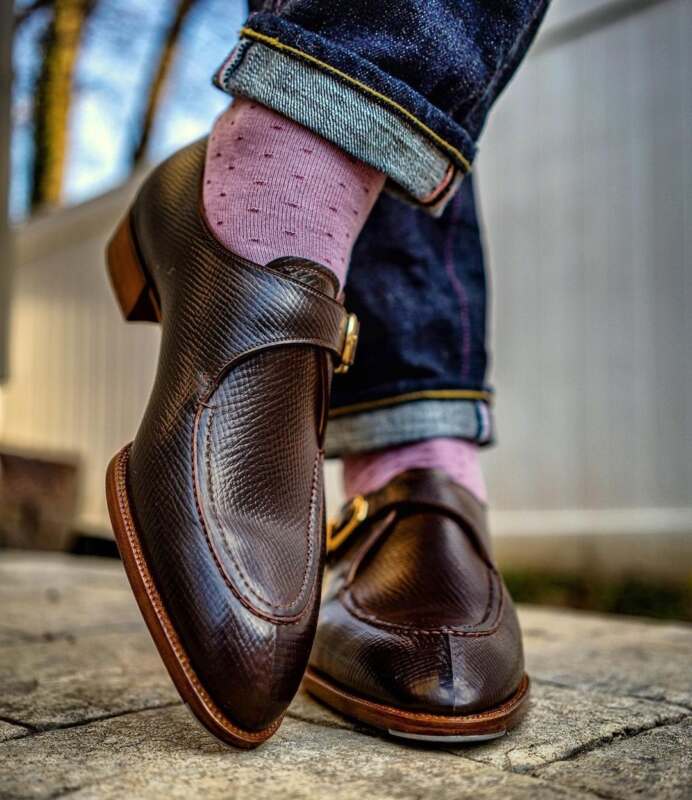

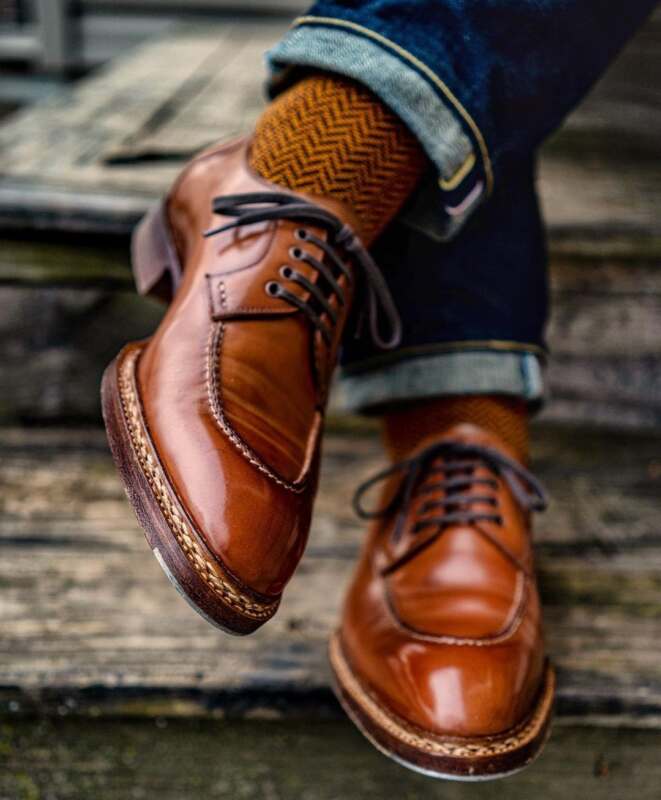

However, it’s important to understand: not every great shoe will fit you well. The goal is to find a brand that crafts with real shape, and within that, identify the last that suits your foot best. That’s where personal comfort meets objective quality.
If you’ve only worn cheaper shoes before, you might think they fit fine. But until you’ve worn a truly well-made shoe, you haven’t felt what a good fit really is. Once you try on a shoe that contours to your foot, you’ll know the difference immediately. It won’t just sit on your foot—it will feel like it was made for you.
So next time you’re shopping for footwear, don’t just look at the leather or the finishing details around the sole. Try them on. Walk around. If the shoe feels like it belongs on your foot, offering structure and support where it matters—that’s when you’ve found a good shoe. If it just sits there, lifeless and flat, keep looking.
—Justin FitzPatrick, The Shoe Snob
Shop · Marketplace · J.FitzPatrick Footwear · Patreon
